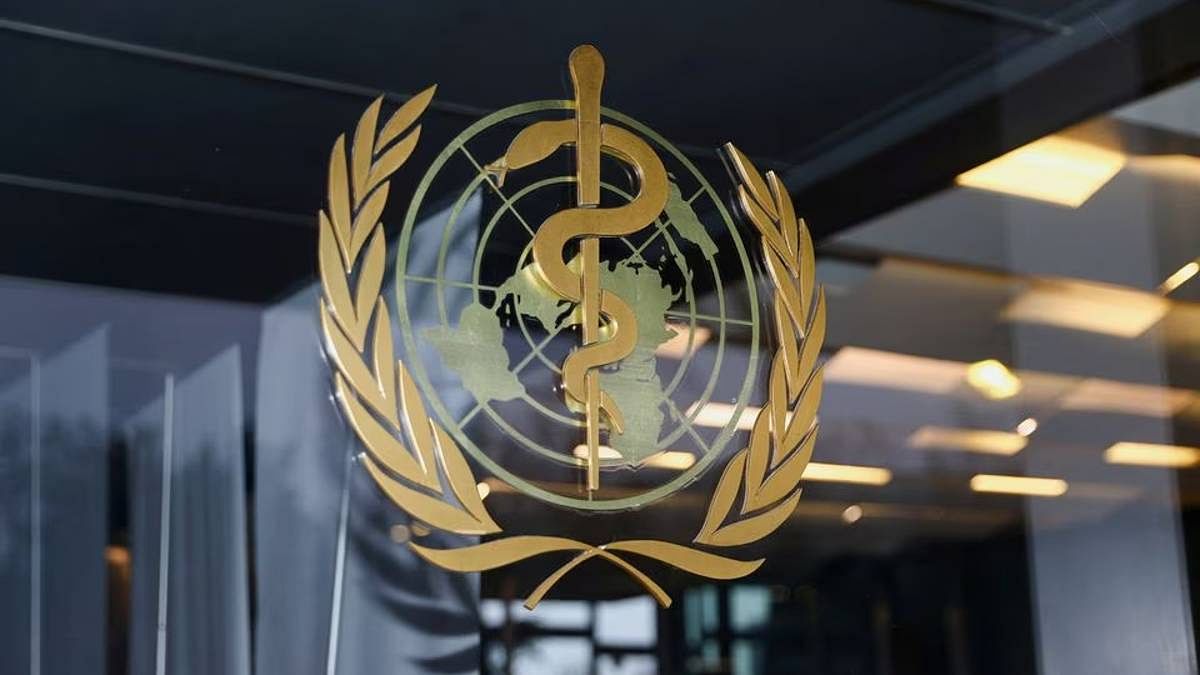New Delhi: The World Health Organization (WHO) is expected to announce that aspartame, one of the most common artificial sweeteners, is “possibly carcinogenic” to humans.
Reuters first reported two weeks ago that the International Agency for Research on Cancer (IARC), a branch of the WHO responsible for assessing cancer links, was preparing to classify aspartame as “possibly carcinogenic”. This news has generated ongoing headlines and revived the controversial debate surrounding aspartame.
Aspartame, which is reported to be about 200 times sweeter than sugar, is commonly used in “low-calorie” or “diet” foods and beverages. It is also found in a variety of other products, including drinks, ice creams, chewing gums, confectionery, sauces, and snacks.
However, the IARC’s classification system places aspartame at the same level of cancer hazard as aloe vera and pickled vegetables.
Despite repeated questions regarding its potential carcinogenicity, studies have found little evidence linking aspartame to cancer.
How did the connection between aspartame and cancer come about? What does the IARC’s listing mean? And is it safe to consume diet sodas? Here is what the data actually shows.
Also Read: Do diet colas pose a cancer risk? What doctors say about the “possible carcinogen” label for sweetener aspartame
How is cancer risk classified?
The IARC, an international consortium consisting of 27 members including the US, France, Italy, Germany, UK, and India, evaluates whether everyday exposures have carcinogenic potential. It provides data on the degree of certainty and classifies them into various categories.
However, as journalist Ed Yong noted in The Atlantic in 2015, the agency’s communication can be confusing.
The IARC’s classification system includes five categories: Group 1 for proven carcinogens like cigarettes, asbestos, and processed meat; Group 2 for agents where evidence of human carcinogenicity is either sufficient or nonexistent but evidence of carcinogenicity exists in animals. Group 2 is further divided into 2A (“probably carcinogenic”) and 2B (“possibly carcinogenic”). Aspartame is likely to be classified under Group 2B. The terms “probably carcinogenic” and “possibly carcinogenic” do not have quantitative significance but rather indicate different levels of evidence of human carcinogenicity, with “probably carcinogenic” having a higher level of evidence than “possibly carcinogenic”.
Group 3 is for substances that are unclassifiable due to inadequate data, and Group 4 is for substances that are “probably not carcinogenic” to humans.
Yong described Group 2B as a catch-all category for risk factors that the IARC has evaluated but could not determine if they were carcinogenic, which includes most things.
In addition, experts have pointed out that these groupings indicate hazard, not risk. They represent the potential to cause harm rather than the likelihood of harm occurring.
Aspartame is now classified alongside aloe vera, nickel, engine exhaust, pickled vegetables, radio frequencies, melamine, carbon black, coconut body oils, and various occupations (such as dry cleaning, textile manufacturing, printing, and carpentry) in Group 2B. Group 2B is also home to mobile phones and Monsanto’s RoundUp weedkiller.
Group 2A includes hot beverages, art glass, malaria, and working night shifts.
Group 1 includes salted fish, smoking, hot dogs, and medications used to treat breast cancer, all of which are definitely linked to cancer.
While the IARC evaluates cancer links, it is food and drug regulatory authorities worldwide that determine the safety of substances for consumption.
According to estimates from the European Food Safety Authority and the US Food and Drug Administration, an adult weighing 60 kg (132 pounds) would have to consume between 12 and 36 cans of diet soda daily to be at risk from the allowed daily consumption of aspartame.
What do existing studies show?
The earliest concerns about artificial sweeteners like aspartame and cancer arose from a 2005 study conducted by Italian researchers on rats, although not all experts have accepted the data.
Several other studies have examined the link between aspartame and cancer, with none of them – old or new – conclusively demonstrating evidence of causation.
In most studies conducted on mice, a definitive link between aspartame and cancer could not be established.
The WHO is currently reevaluating the evidence following two newer studies: a French study from last year that found a slightly increased likelihood of developing breast cancer in people who consume higher amounts of artificial sweeteners, including aspartame, and a reanalysis of the original rat study conducted by Italian researchers.
Both studies have been criticized for their flaws, such as relying on diet questionnaires known to yield highly inaccurate results. They also fail to account for confounding factors – factors unrelated to the study that may be influencing the results – such as individuals who consume high amounts of aspartame being more likely to have diabetes.
According to the American Cancer Society, aspartame has not been linked to any health problems except for phenylketonuria (PKU), a rare genetic disorder that impairs the breakdown of aspartame.
(Edited by Nida Fatima Siddiqui)
Also Read: Artificial sweeteners don’t aid weight loss, may increase the risk of diabetes and heart disease, says WHO

